Spanning both Europe and Asia and covering about 17.09 million km², Russia contains an extraordinary range of ecosystems—from Arctic tundra and taiga to high mountains, vast rivers, and the world’s deepest lake. That breadth of habitats supports remarkable wildlife. Below are 15 emblematic Russian animals, each with distribution, habitat, ID tips, and conservation notes.
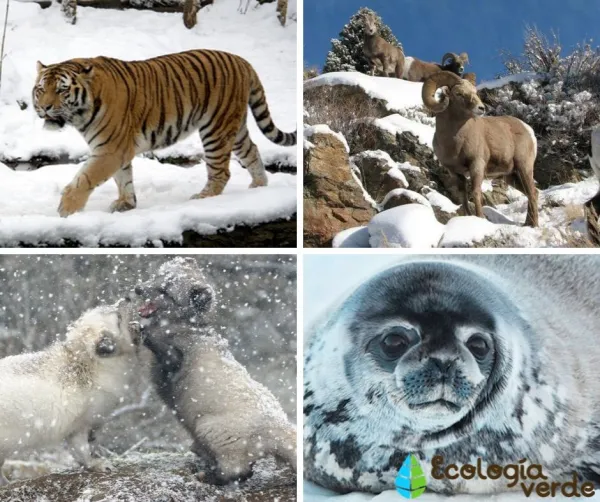
Range & habitat: Russian Far East—Primorye and Khabarovsk Krai, Sikhote–Alin Mountains—extending into Northeast China; mixed broadleaf–conifer forests and boreal woodland.
ID highlights: Paler orange coat than other tigers, dense winter fur, fewer, lighter brown stripes; each individual has a unique stripe pattern.
Threats & protection: Poaching and habitat fragmentation historically reduced numbers; c. 390 wild individuals (2005 estimate). Russia has expanded protected areas (including an island reserve project near Vladivostok, 2018) to improve connectivity.
Ecological role: Apex predator stabilizing Far Eastern forest food webs.
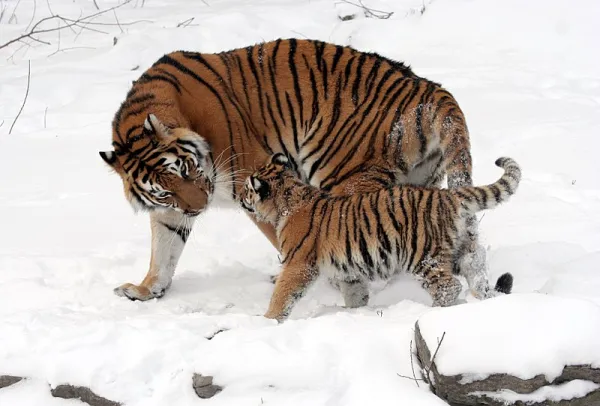
Range & habitat: Western Russia along the Don, Ural, and Volga basins; semi-aquatic wetlands, oxbows, and slow rivers.
ID highlights: Mole family mammal shaped like a water shrew; long, flexible, highly sensitive trunk-like snout; musk-scented tail glands.
Human pressures: Historically hunted for pelt and musk; now threatened by habitat degradation and bycatch.
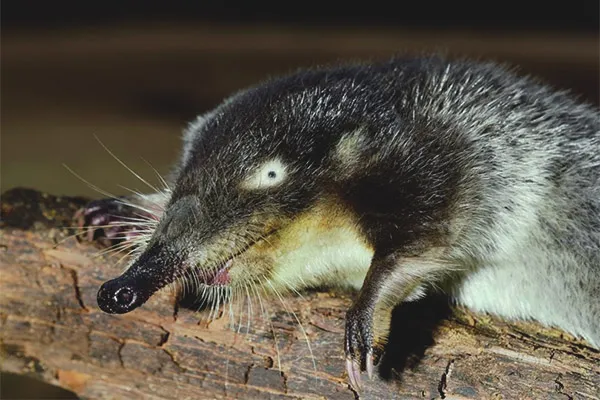
Range & habitat: Endemic to Lake Baikal and connected waterways—the world’s deepest ancient lake.
ID highlights: Medium-small seal fully adapted to freshwater.
Threats: Industrial/agricultural pollutants, disturbance, and illegal hunting of pups.
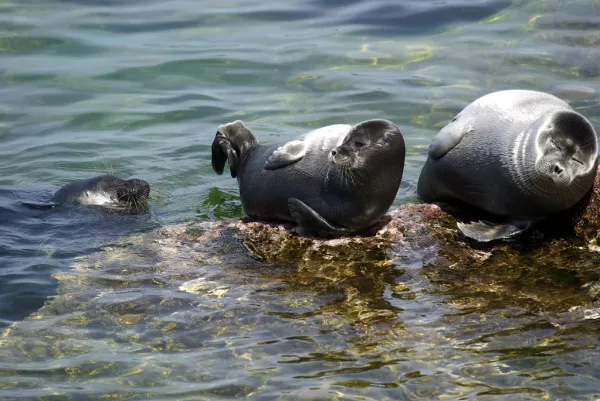
Range & habitat: Endemic deep-water fish of Lake Baikal.
ID highlights: Transparent, scaleless, no swim bladder; extremely fatty—about 35% body fat—traditionally rendered for lamp oil and folk remedies.
Food web note: A key prey item for the Baikal seal.
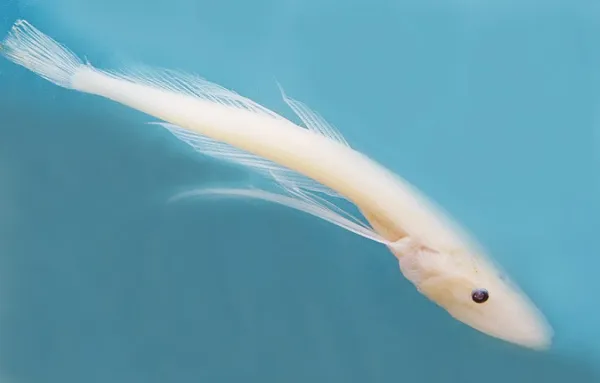
Range & habitat: High Arctic; breeds on Siberian tundra and wetlands, spends much of the year over pack ice and Arctic coasts.
ID highlights: Small, delicate gull; some individuals show a pink flush. Scarce and hard to see in the wild.
Status: Vulnerable due to small, dispersed populations.
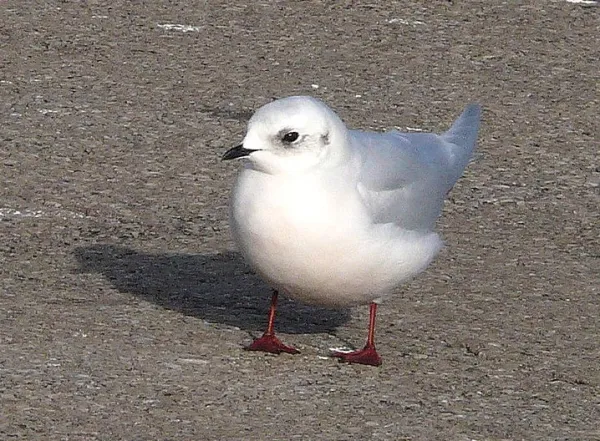
Range & habitat: Breeds on the Yamal and Taimyr peninsulas (Siberian forest-tundra); winters mainly on the south Caspian coast, with occasional records to Iran and Iraq.
Ecology: Nests in small colonies of a few pairs, often segregated from other geese.
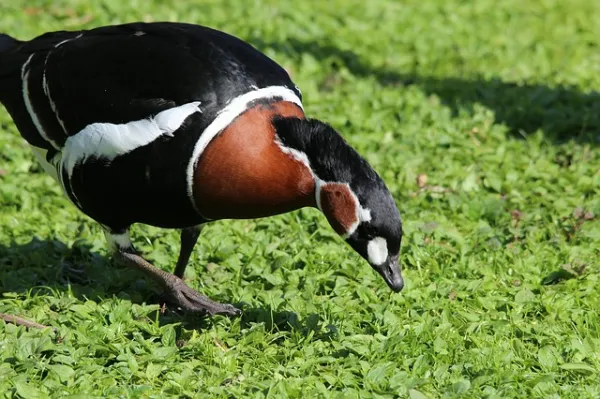
Range & habitat: Northeastern Siberia—Kamchatka Peninsula, Sea of Okhotsk coast, lower Amur, Sakhalin; tied to salmon runs and marine mammal carcasses.
ID highlights: Among the world’s largest raptors; black upperparts with striking white tail, thighs, and wing coverts; massive yellow bill.
Seasonal note: Winter concentrations occur at salmon rivers and coastal ice leads.
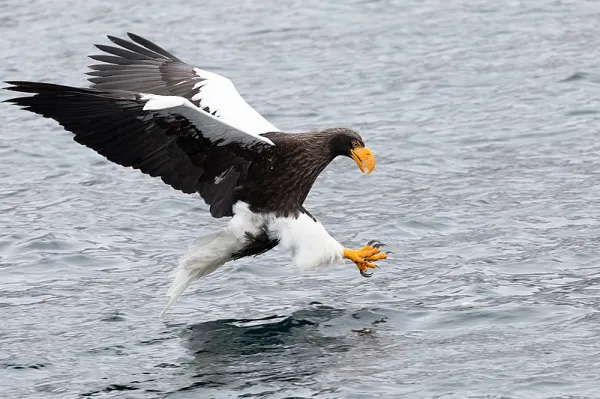
Range & habitat: Far Northeastern mountains—Kamchatka and Chukotka; favors steep, rocky slopes and scree.
ID highlights: Both sexes horned (ewes with shorter, ~30 cm horns).
Threats: Trophy hunting pressure; needs strict regulation and protection of core lambing areas.
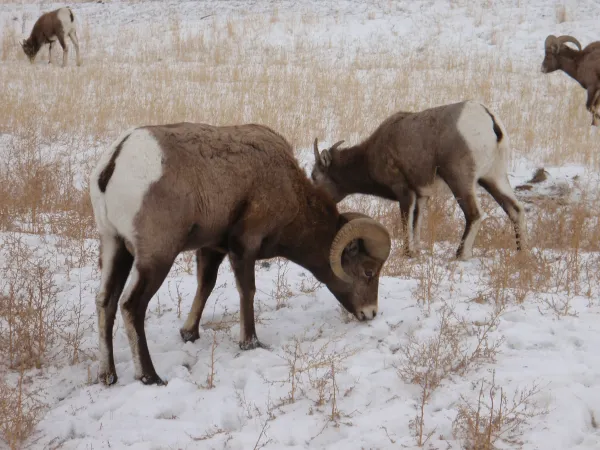
Range & habitat: From the Amur basin of southeastern Siberia to the Sea of Japan coast; temperate broadleaf and mixed forests.
Status: One of the world’s rarest leopards; wild estimates historically 25–34 individuals; threatened by poaching, habitat loss, and inbreeding.
ID highlights: Long, dense winter coat; coloration pales in winter for snowy camouflage; powerful limbs, speeds up to ~55 km/h.
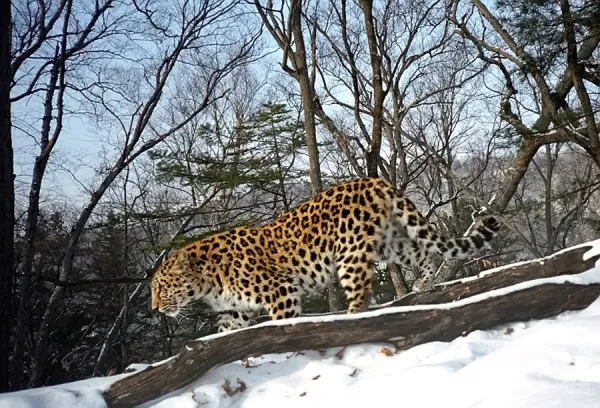
Range & migration: Breeds in Russia (West Siberia, Yakutia, Arkhangelsk region, Komi Republic, Yamalo-Nenets AO). Some migrate up to 6,000 km to winter in India, Iran, and China.
Status & action: Endangered overall; the western population is critically small (≈ 20 birds in the wild). Conservation tools include artificial incubation and release programs.
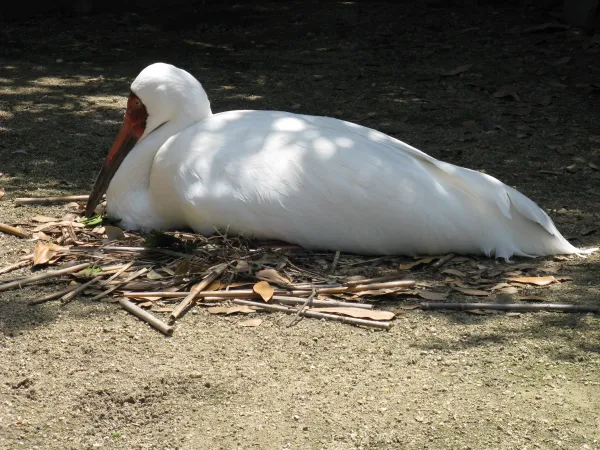
Range & habitat: From the eastern Himalaya and Tibetan Plateau across the Russian Far East, Korea, Sakhalin, Amur and Primorye.
ID highlights: Males lack antlers but bear long, curved upper canines; elongated hind legs enable agile leaps and sharp 90° turns.
Behavior: Noted for evasive tactics—altering tracks to confuse predators and poachers.
Pressure: Hunted for valuable musk; strict control is vital.
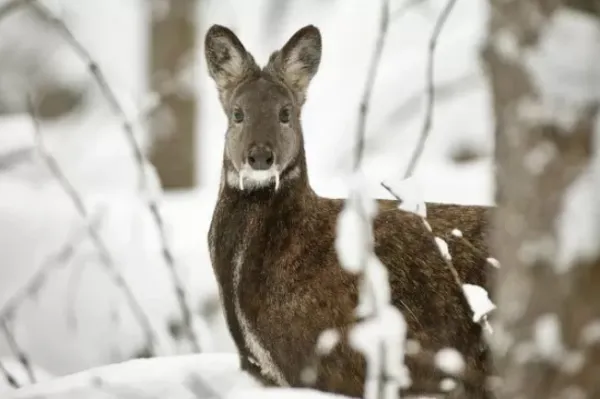
Range & habitat: Russian populations in the Sayans and Altai; high, cold alpine zones.
ID highlights: Very long, fluffy tail for balance and insulation; gray-white coat with rosettes for warmth and camouflage.
Status: Fewer than 4,000 wild worldwide; poaching, habitat contraction, and warming (rising snowline) are principal threats.
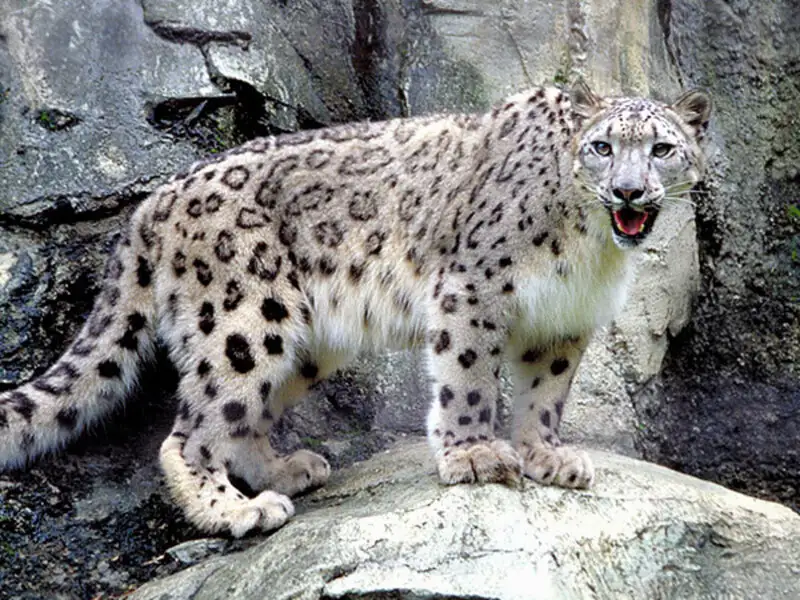
Origin: Russia’s oldest and most famous trotting breed, systematized in the 1770s by Count Alexei Orlov near Moscow.
Traits: Often dapple gray (also light gray to dark bay), tall and elegant with abundant mane; fast, willing, and even-tempered.
Uses: Carriage, harness racing, ceremonial—versatile and iconic.

Cultural note: Companion of the Indigenous Samoyedic peoples of Russia’s far north for millennia; used for hunting, sled pulling, guarding, and herding.
Traits: “Samoyed smile,” thick double coat, excellent cold tolerance, affectionate and energetic. Geographic isolation preserved this ancient lineage.
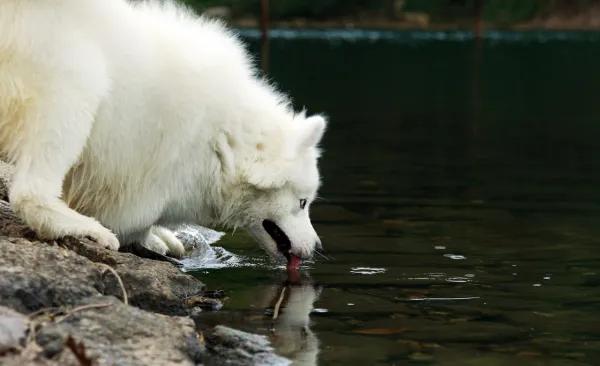
Range & habitat: Widespread across Russia’s Arctic tundra and islands.
Seasonal coat: White in winter for snow camouflage; brown-gray in summer to match snow-free ground.
Pressures: Endures severe cold, prey scarcity, and competition with larger predators; commercial demand for pelts adds human pressure.
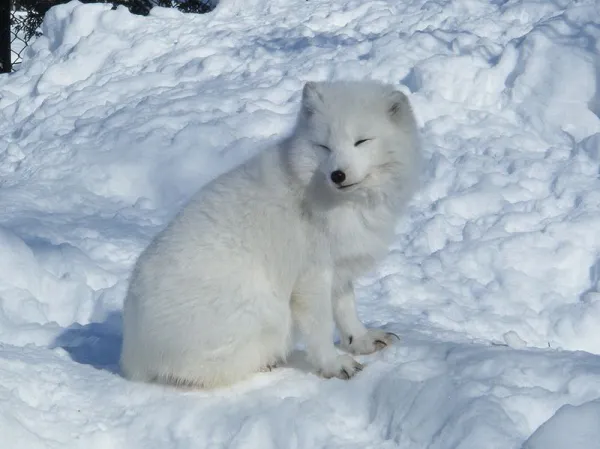
From Far Eastern forests with Amur tigers and leopards to the Arctic shores of Steller’s sea eagles and Arctic foxes—and from Lake Baikal’s unique seal and oilfish to high-mountain snow leopards—Russia’s fauna spans climates and landforms few countries can match. Safeguarding these species protects an irreplaceable natural heritage stretching across two continents.
animal tags: russia animals
We created this article in conjunction with AI technology, then made sure it was fact-checked and edited by a Animals Top editor.